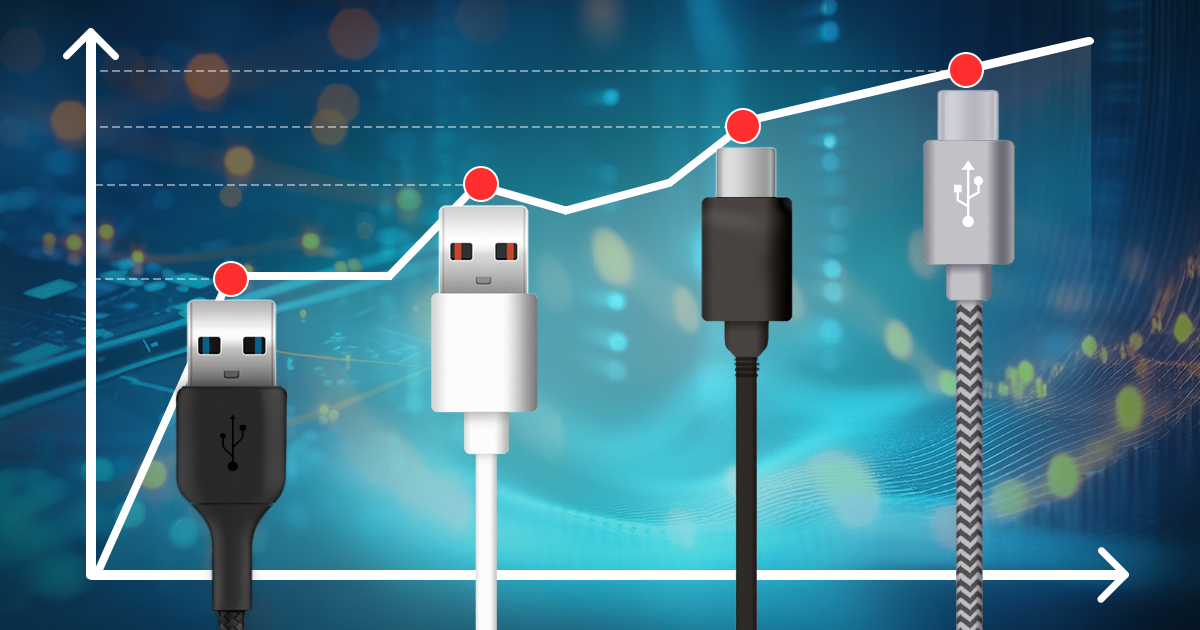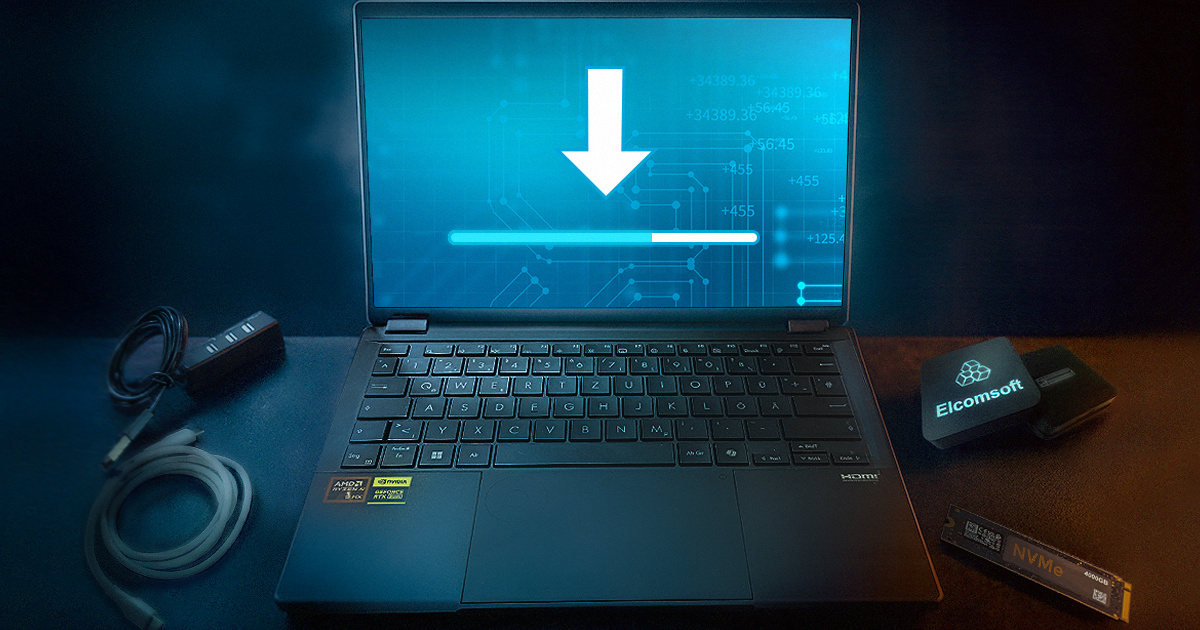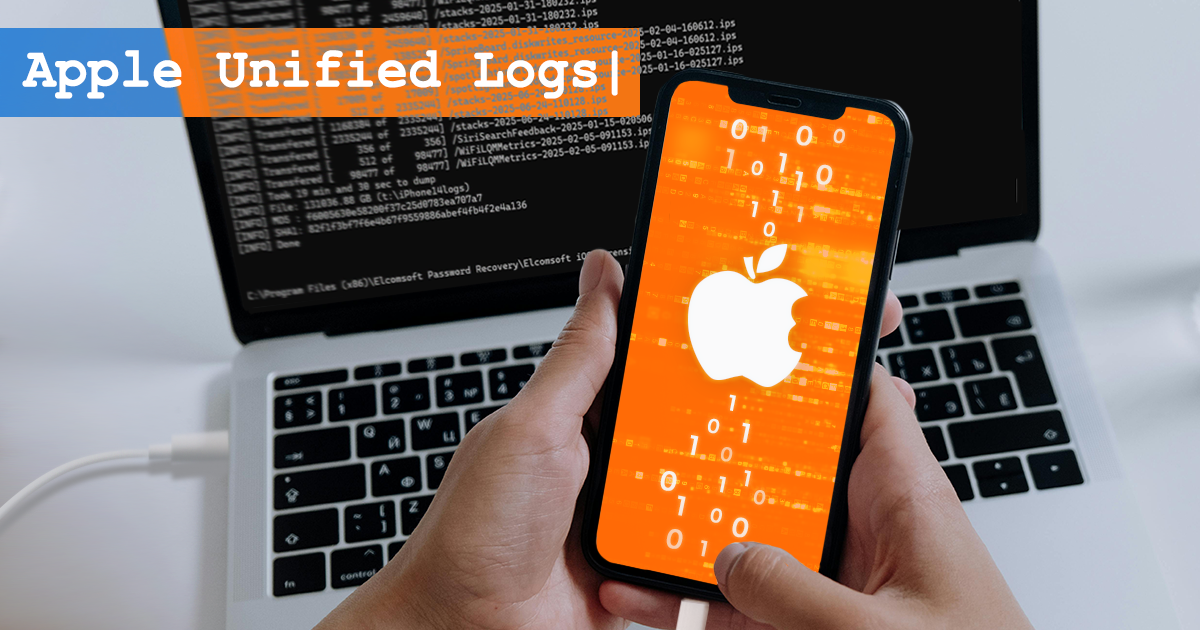Encrypting a Windows system drive with BitLocker provides effective protection against unauthorized access, especially when paired with TPM. A hardware upgrade, firmware update or even a change in the computer’s UEFI BIOS may effectively lock you out, making your data inaccessible and the Windows system unbootable. How to prevent being locked out and how to restore access to the data if you are prompted to unlock the drive? Read along to find out.
BitLocker, BitLocker recovery key, disk encryption, EDPR, EFDD, ESR, recovery key, TPM, Windows, Windows 10, Windows 11
While we are still working on the new version of Elcomsoft iOS Forensic Toolkit featuring forensically sound and nearly 100% compatible checkm8 extraction, an intermediate update is available with two minor yet important improvements. The update makes it easier to install the tool on macOS computers, and introduces a new agent extraction option.
How to break ‘strong’ passwords? Is there a methodology, a step by step approach? What shall you start from if your time is limited but you desperately need to decrypt critical evidence? We want to share some tips with you, this time about the passwords saved in the Web browsers on most popular platforms.
ECX, EDPR, EIFT, Elcomsoft Cloud Explorer, Elcomsoft Distributed Password Recovery, Elcomsoft Password Digger, Elcomsoft Phone Breaker, Elcomsoft Phone Viewer, EPB, EPD, EPV, iOS, keychain, macOS, passwords, Windows
When you perform Apple iCloud acquisition, it almost does not matter what platform to use, Windows or macOS (I say almost, because some differences still apply, as macOS has better/native iCloud support). Logical acquisition can be done on any platform as well. But when doing full file system acquisition of jailbroken devices using Elcomsoft iOS Forensic Toolkit, we strongly recommend using macOS. If you are strongly tied to Windows, however, there are some things you should know.
The German c’t magazine (issue 06/09) has published an article about cracking of NTLM-hashes with graphic cards. In this article pen test experts from SySS GmbH bring up a touchy question of how fast an intruder can break into your system. How long should your Windows logon password be, so that you could keep having your beauty sleep?


